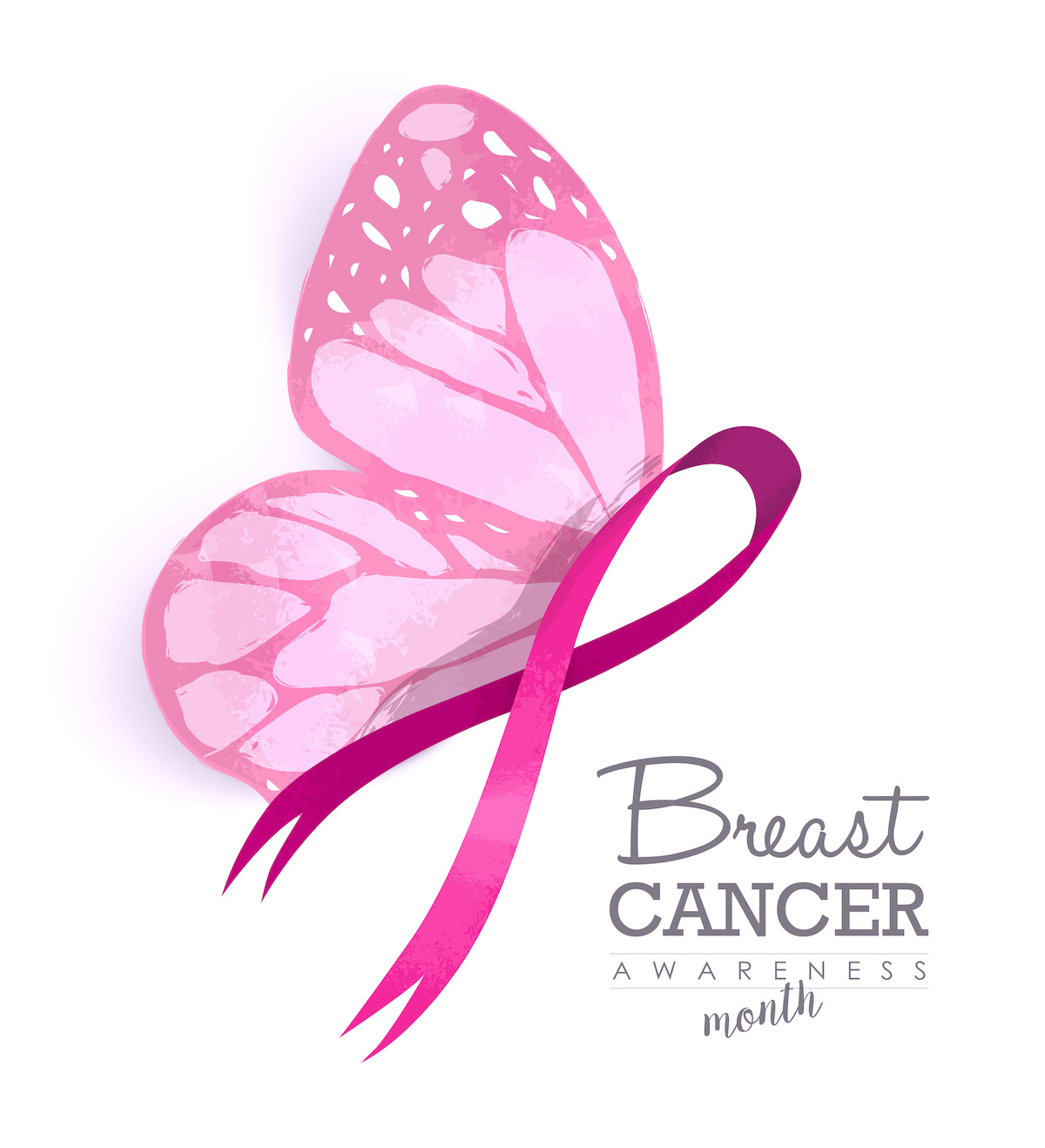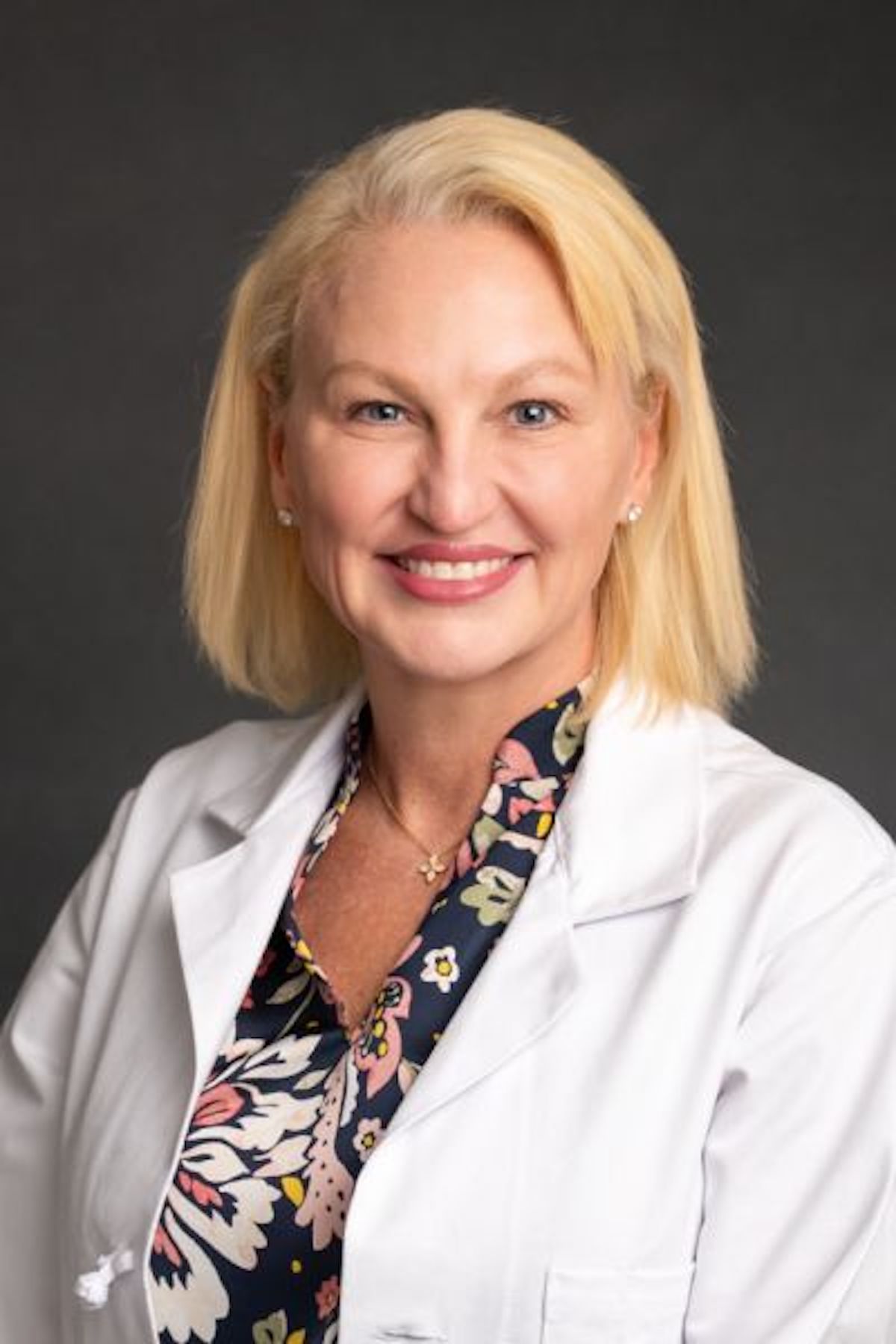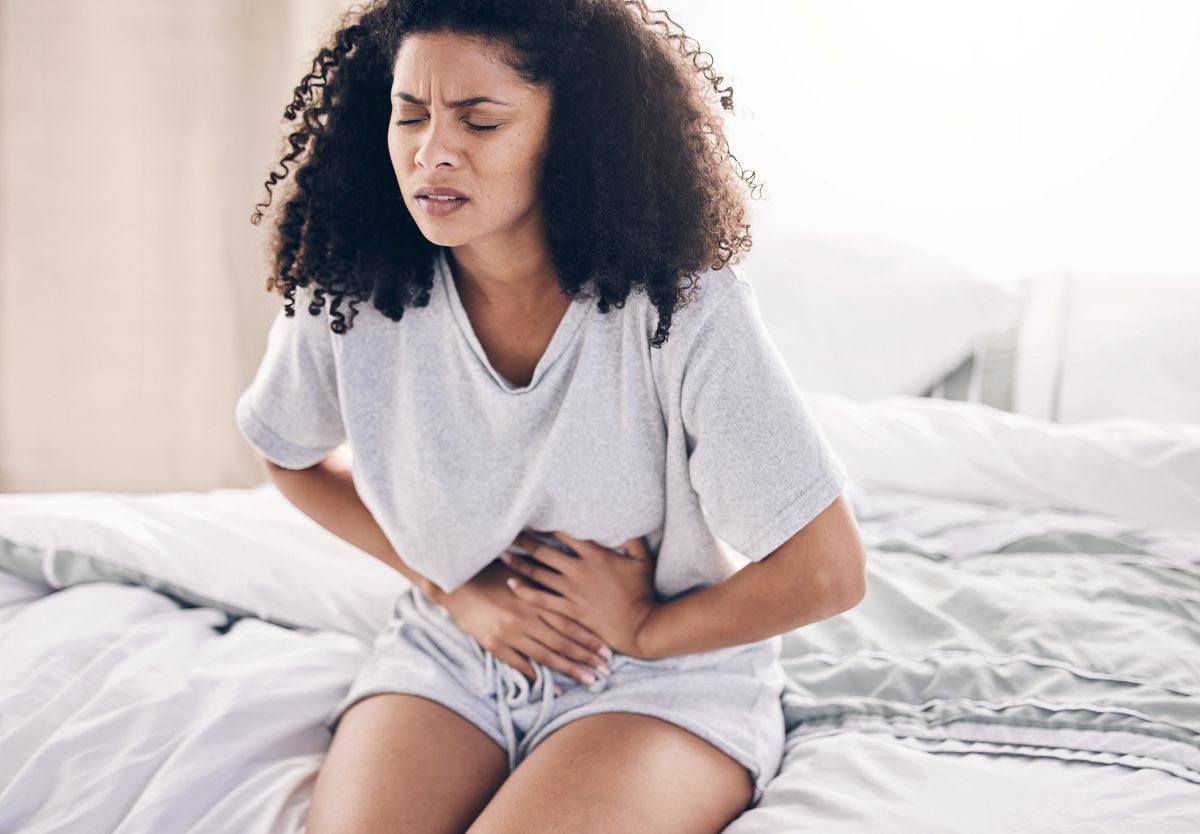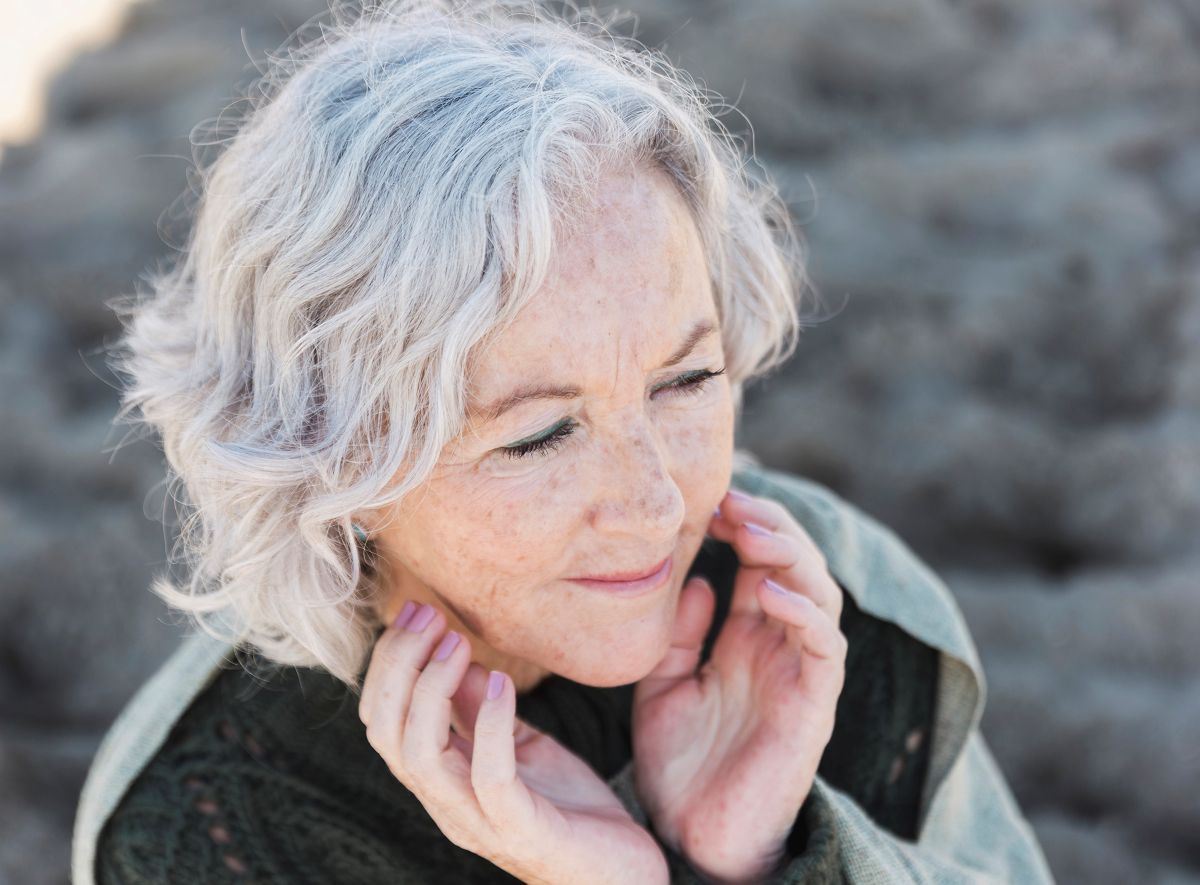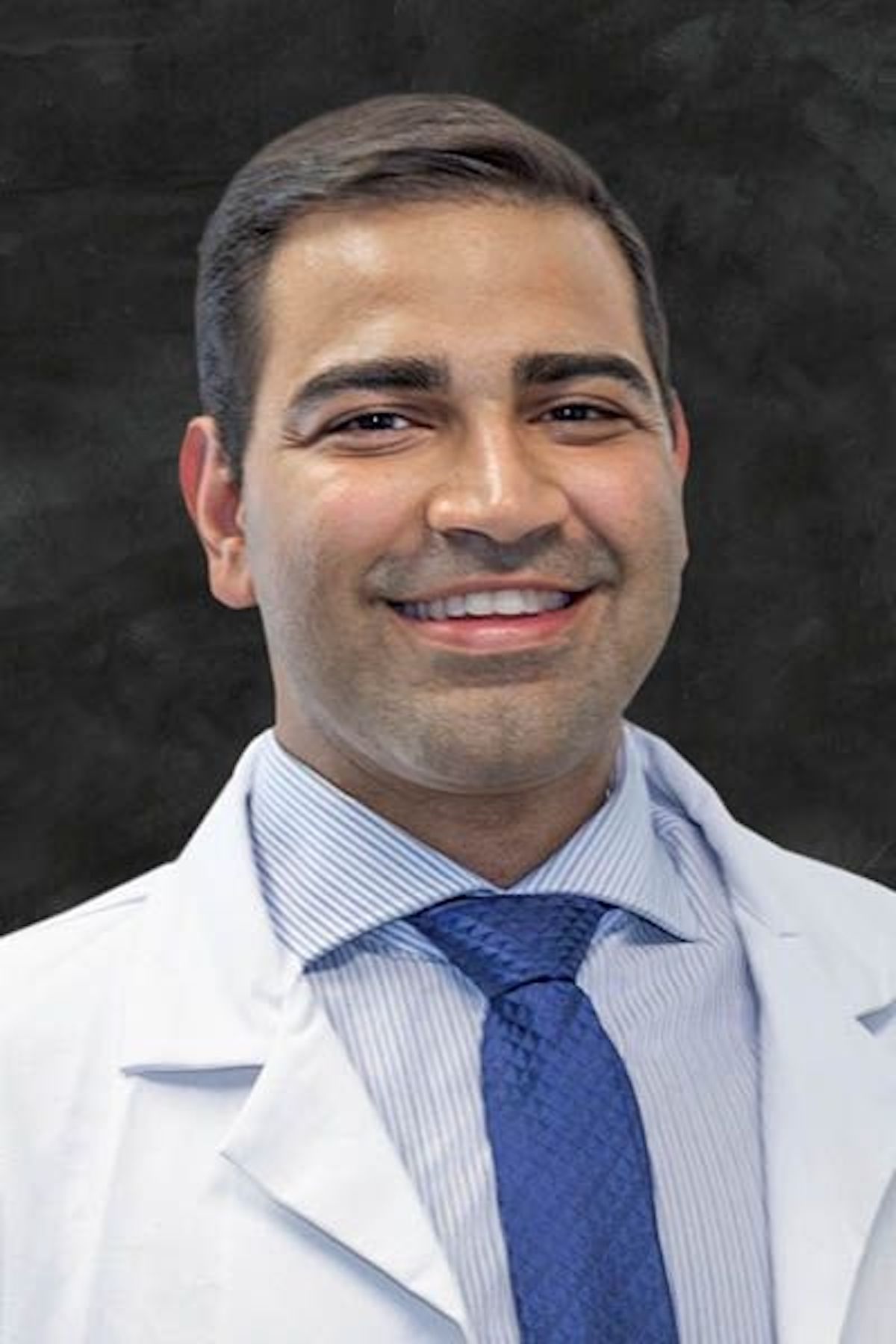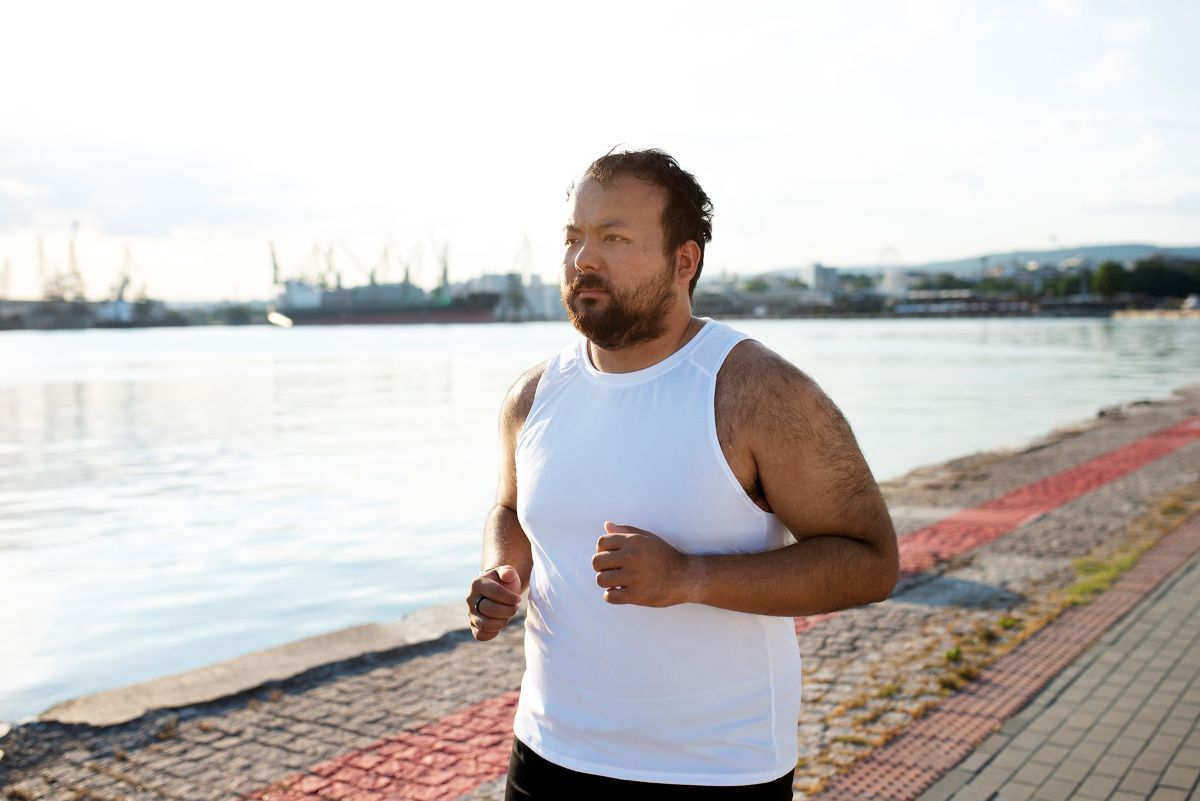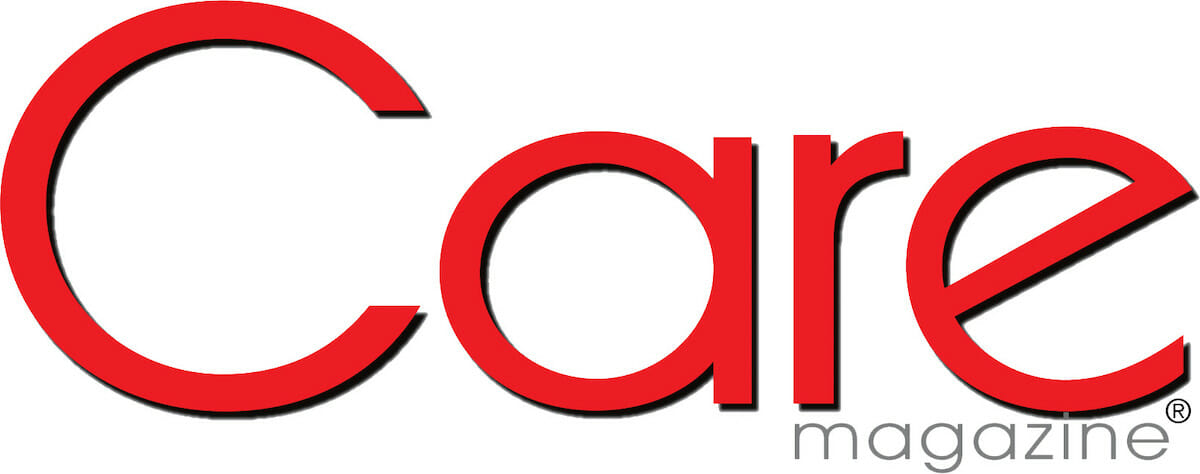
What is breast cancer? Cancer is a disease in which cells become abnormal and form more cells in an uncontrolled way. With breast cancer, the cancer begins in cells that make up the breasts—usually in the tubes that carry milk to the nipple or the glands that make milk. The cancerous cells form a mass of tissue called a tumor. Sometimes, the cancer spreads to other parts of the body.
Why should you be concerned about breast cancer? Other than skin cancer, breast cancer is the most common cancer in American women. It also is the second-leading cancer killer of women, after lung cancer. Every woman has a chance of getting breast cancer. About 1 in 8 women will find out she has breast cancer at some point in her life. This might sound scary. But today, most women with breast cancer survive it. With breast cancer screening, including mammograms, doctors often can find cancer early. Treatment has the best chance of success when cancer is found early.
Breast cancer risk: “What’s my risk of breast cancer?” is a question many women ask their doctors. Doctors have tools to help estimate a woman’s personal risk. Most women who get breast cancer have no known risk factors besides age. Many women with one or more risk factors never get breast cancer. So, it’s impossible to know who will actually get breast cancer.
Factors that affect a woman’s risk of breast cancer include:
- Age. The strongest risk factor is age. Risk goes up as a woman gets older. Most women who get breast cancer are older than 50.
- Personal history of breast cancer. Women who have had breast cancer in one breast are more likely to get it in the other breast.
- Family history. Having a mother, sister, or daughter who has had breast cancer increases a woman’s risk.
- Inheriting certain harmful gene mutations such as BRCA1 and BRCA2, greatly increases the risk of breast cancer. A woman known to carry a harmful gene mutation should talk to her doctor about ways to try to lower her breast cancer risk or find breast cancer early.
- Certain breast changes that are not cancer. Women who have certain types of abnormal breast changes, such as atypical hyperplasia, ductal carcinoma in situ, and lobular carcinoma in situ, have a higher risk. These changes are found during a breast biopsy.
- Breast tissue that is dense on mammogram.
- Menstrual and reproductive history. Getting your first menstrual period before age 12 increases breast cancer risk. Reaching menopause after age 55 increases breast cancer risk. Never having children or having children after age 30 also increases risk. Women who have a first baby before age 20 have a lower risk.
- Taking the hormones estrogen and progestin. Using menopausal hormone therapy containing both estrogen and progestin for more than five years increases breast cancer risk. Using birth control pills may slightly increase the risk of breast cancer in current users, but this risk returns to normal over time.
- Radiation therapy to the chest. The risk is highest for radiation treatment used during puberty.
- Body weight. The chance of getting breast cancer after menopause is higher in women who are overweight or obese.
- Drinking alcohol. The more alcohol a woman drinks, the greater her risk of breast cancer.
- Physical activity. Women who are not physically active throughout life may have an increased risk of breast cancer.
- Breastfeeding. Women who breastfeed have a lower risk of breast cancer.
- Race. In the United States, white women have the highest breast cancer rates. Yet women of all races get breast cancer.
Researchers continue to look for other factors that might affect a woman’s risk of getting breast cancer. Factors that do not appear to affect a woman’s breast cancer risk include:
- Breast implants
- Miscarriage or abortion
- Underarm deodorant and antiperspirants
- Smoking – Although neither smoking nor secondhand smoke has been shown to increase the risk of breast cancer, they do have other cancer-causing effects. Smoking is the number one risk factor for lung cancer.
If you’re looking for ways to lower your breast cancer risk, focus your efforts on a healthy lifestyle. Wholesome and well-balanced meals and regular physical activity can help you to maintain a healthy weight. Limit alcohol to no more than one drink a day. Whether these steps will protect you from breast cancer is not certain. But living a healthy lifestyle is a cornerstone of disease prevention.
Breast cancer symptoms: Thanks to screening, breast cancer often is found before a woman has any physical symptoms. Yet a woman should know how her breasts normally look and feel so that she can report any unusual changes to her doctor. Reasons to call your doctor include:
- A lump in or near your breast or under your arm
- Thick or firm tissue in or near your breast or under your arm
- A change in the size or shape of your breast
- Nipple discharge (fluid that is not breast milk)
- Nipple changes, such as a nipple that turns inward (inverted) into the breast
- Changes to your breast skin, areola, or nipple, such as itching, redness, scaling, dimpling, or puckering
Keep in mind that most breast changes are not cancer. For instance, nipple discharge can be caused by birth control pills, some medicines, and infections. Or, a breast lump could be a cyst, which is a fluid-filled lump that is not cancer. Early breast cancer usually does not cause pain. Still, if you notice a change in your breast or pain, call your doctor and schedule a visit. Don’t wait until your next checkup.
Help and support: If you just found out you have breast cancer, you are likely to feel afraid and overwhelmed. You might be worried about your family, your job, and the unknown. The waiting between doctor visits might seem endless. Or things might be happening so quickly that you feel like you have no control. Even though you have a lot to think about and big decisions to make, you may feel stuck, unsure how to take the next step.
Take heart—information about breast cancer, its treatment, and breast reconstruction is plentiful. Turn to resources you can trust.
Whatever you do, make sure to take good care of yourself before, during, and after treatment. Eat healthy foods and stay as active as you can. Also, don’t take on breast cancer alone. Turn to loved ones and friends for support. Think about joining a support group. Women (and men) in treatment and breast cancer survivors can be an amazing source of strength during and after your treatment.
For more information about breast cancer, contact the following organizations:
National Cancer Institute Cancer Information Service
Phone: 800-422-6237 (4-CANCER)
National Breast and Cervical Cancer Early Detection Program
Phone: 800-232-4636
http://www.cdc.gov/cancer/nbccedp
American Cancer Society
Phone: 800-227-2345
WomensHealth.gov
Phone: 800-994-9662

